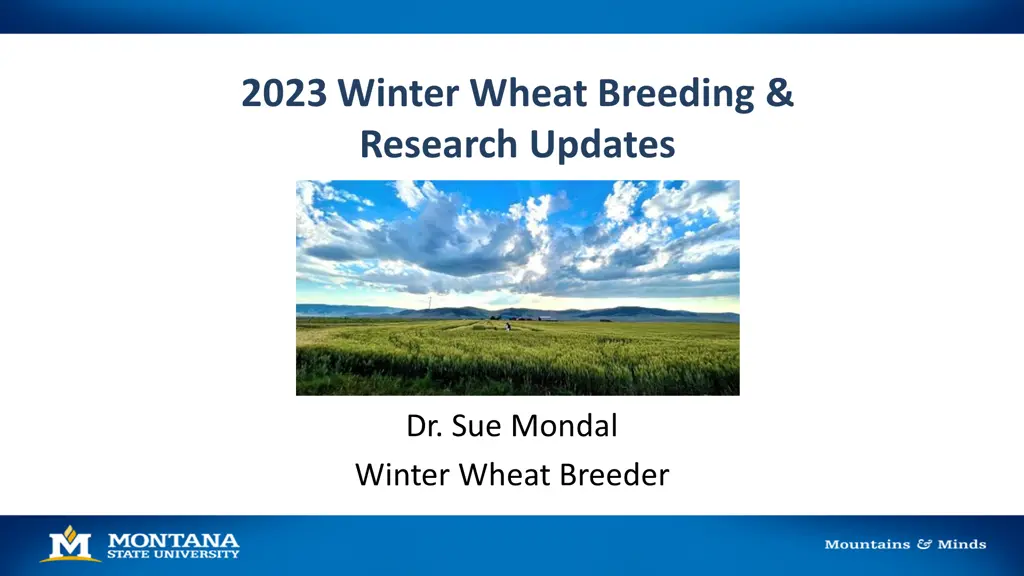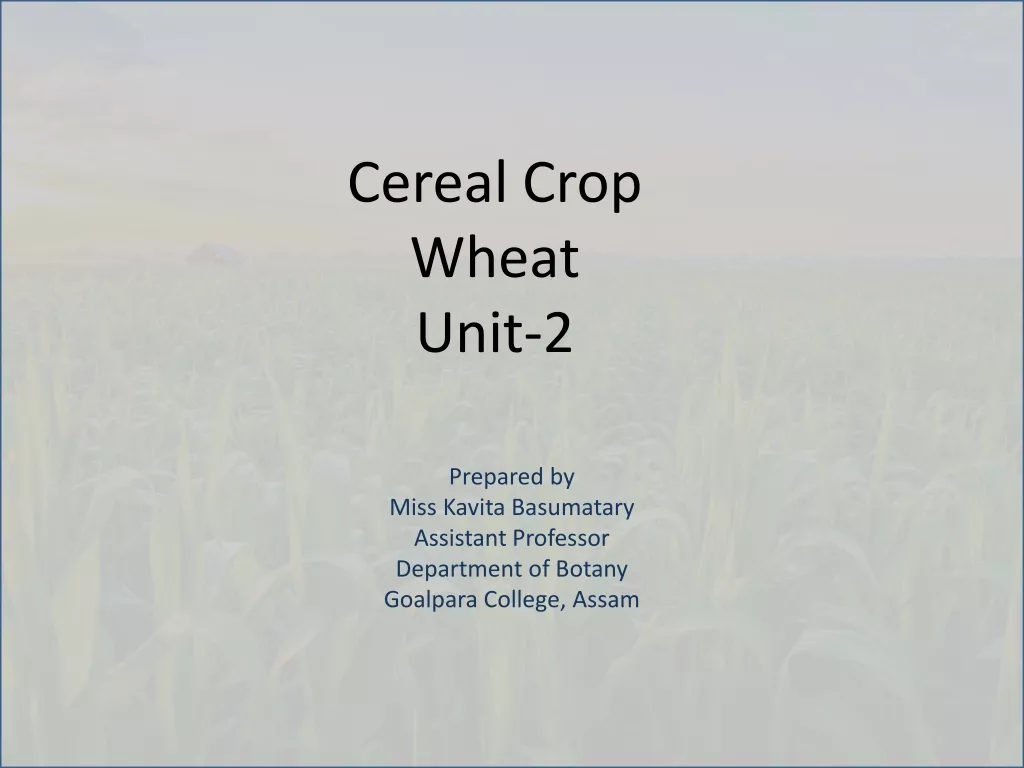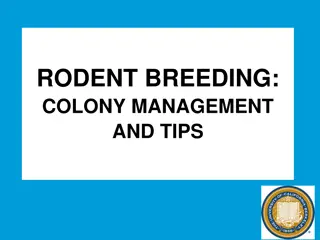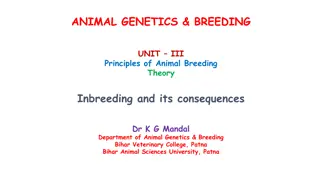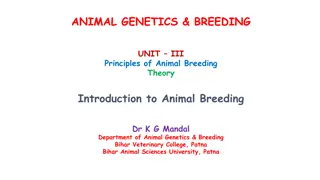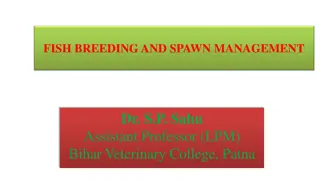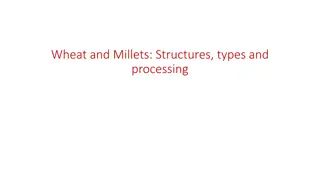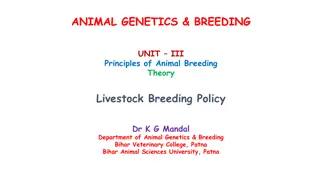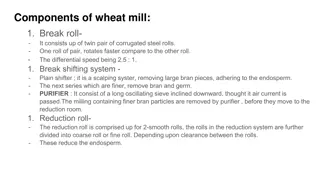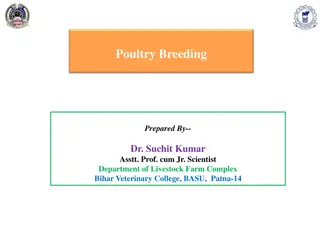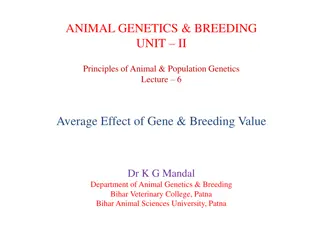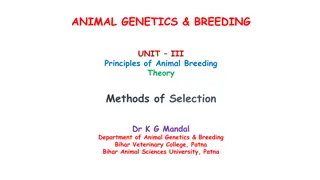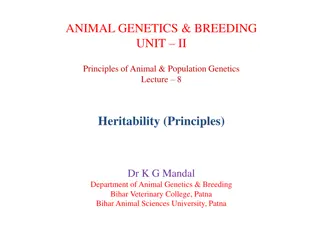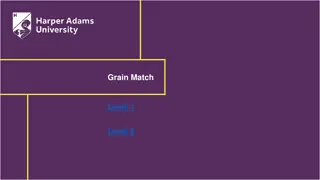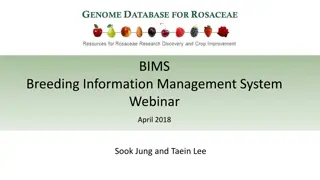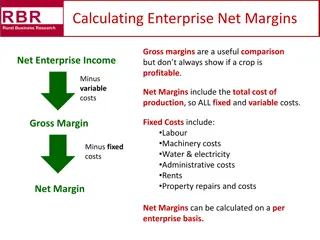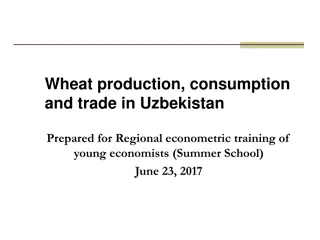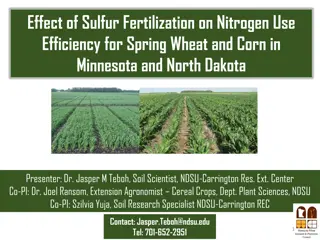2023 Winter Wheat Breeding & Research Updates
Get the latest updates on winter wheat breeding and research from Dr. Sue Mondal, a winter wheat breeder. Explore topics such as abiotic stress tolerance, genomic technologies, rapid cycling, disease resistance, and more.
Download Presentation

Please find below an Image/Link to download the presentation.
The content on the website is provided AS IS for your information and personal use only. It may not be sold, licensed, or shared on other websites without obtaining consent from the author.If you encounter any issues during the download, it is possible that the publisher has removed the file from their server.
You are allowed to download the files provided on this website for personal or commercial use, subject to the condition that they are used lawfully. All files are the property of their respective owners.
The content on the website is provided AS IS for your information and personal use only. It may not be sold, licensed, or shared on other websites without obtaining consent from the author.
E N D
Presentation Transcript
2023 Winter Wheat Breeding & Research Updates Dr. Sue Mondal Winter Wheat Breeder
Background Worked in .. Breeding for abiotic stress tolerance heat & drought Genomic and phenomic technologies in improving selection efficiencies Rapid cycling for accelerating gains Spring Wheat breeding and research, 2011 - 2022 Graduate school, MS & PhD, 2005-2011
Winter Wheat Breeding Program at MSU Core Objectives: Breed for high and stable yielding winter wheat varieties - Ability to tolerate drought stress art early and late season - Resistance to Wheat Stem Sawfly (WSS) - Resistance to diseases: stripe rust & stem rust - Winter hardiness - End use quality
Winter Wheat Breeding Program at MSU Core Objectives: Breed for high biomass forage winter wheat varieties - High biomass with adequate seed yield - Protein, NDF and ADF
Breeding program pipeline Crosses Select: - Selfing (5 years ) F1-F5 Disease resistance (inoculate or natural infection YR and SR at Ft. Ellis) Agronomy Winter hardiness (Williston, ND) - - Select: - - 10 years Agronomy Disease resistance Headrows 10 years Select: - - Across locations agronomy Sawfly resistance Single rep yield trials Multilocation across Montana Prelim yield trials Multilocation across Montana Advanced yield trials MT WarCat Intrastate/Offstation yield trials Multilocation across Montana
Reducing breeding cycle time Rapid cycling in greenhouse Issue vernalization : exposure to cold temperatures required for flowering, about 7-8 weeks in growth chamber at 4C followed by 3.5 months in greenhouse ( total 5-6 months) Ongoing research develop speed vernalization protocols to reduce time Regulating light and temperature to control plant vernalization and growth Current cycle time is reduced to 4 months in first set of experiments
Use of Phenomics Use of drones to include improve selection Current testing in yield trials In coming years expand to early generations Lodging progression
Research activities in WW Strategies to utilize genomics in WW Genomic selection Haplotype mapping to understand adaptive genomic regions in Montana WW Use genetics in improving forage breeding strategies
A strategy.. Example: Green sections show the genomic regions (haplotypes) across lines that are linked to adaptation under heat & drought (Seghal et al 2020)
Pest and Diseases Resistance Selection for Fusarium Head Blight (at SARC, Kent McVay & Frankie Crutcher) Selection under Wheat sawfly pressure (WSS) (at NARC, Peggy Lamb)
2022 Winter Wheat Variety Survey (estimated planted % acreage of WW varieties) Variety North West Central East North North Central South West South Central South East Total Warhorse - 35.7 - 16.1 - - - 28.1 Keldin - 14.8 - 12.4 - 8.5 - 12.9 Bobcat - 14.2 - 1.9 - - - 10.0 Yellowstone - 4.8 - 9.9 16.8 2.0 - 5.9 Battle AX - 4.6 - 8.2 - - - 4.7 Brawl CL Plus - 0.6 - 16.6 19.1 14.8 - 4.6 Judee - 5.2 - - - 4.0 - 3.9 FourOSix - - - 8.7 - - - 2.4 LCS Fusion AX - 1.5 - - - - - 2.3 Monument - - 19.6 2.8 - - - 2.2 Willow Creek 22.3 - 1.1 1.4 - 1.7 5.7 0.7 Ray - 0.2 - 0.9 - - - 0.4 Other,Unknown 77.7 10.7 79.3 10.6 34.1 64.0 94.3 12.6
Testing locations Loma Turner In collaboration with Montana Agriculture Experiment Stations in 8 locations and off-station nurseries at each location we conduct our multi- location yield testing Creston Denton Geraldine Belt Judith Gap Rapelje Hysham Molt Fly Creek Ft. Smith Ft. Ellis
Performance in Intrastate Yield Trial 2022 49 entries, 3 reps, across 9 locations Includes released varieties from MSU, private companies, public breeding programs and new lines
Intrastate performance in Kalispell, 2022 MSU variety Pvt variety New MSU Lines
Intrastate performance across locations, 2022 MSU variety New MSU Lines Pvt variety
Stripe rust incidence % Infection PullmanCentral Ferry 20 40 10 20 5 10 50 60 30 20 10 30 15 5 10 80 60 - 100 80 10 80 80 90 80 70 20 10 5 15 5 10 5 20 10 Stripe rust incidence in top grain yield performers Data from Washington State University Variety/Lines Infection Type Central Ferry 5 2 5 2 5 8 8 8 8 2 2 2 Mt Mt Vernon Pullman Vernon 2 2 3 3 2 - 2 9 3 3 2 2 LCS Helix AX MTCS20156 Keldin MT19175 SY Clearstone 2CL Milestone SY Wolverine Whistler AP Bigfoot MT1745 Bobcat MT2019 3 3 5 3 2 8 9 8 7 2 3 2 Infection Type (IT): scored on 0-9 scale IT 0-3 resistant IT 4-6 intermediate IT 7-9 susceptible MSU variety New MSU Lines Pvt. variety
Winter Forage Breeding MTF 20189 Ray New lines similar in height to Willowcreek, early heading, similar forage yield and quality, higher seed yield compared to Willowcreek Released in 2018, shorter than Willowcreek, similar forage yield and quality, superior seed yield
Data from Winter Cereal Forage Nursery, 2021-2022 Variety/Line Height (in) Forage Yield (t/ac) Moccasin Seed Yield (bu/ac) Moccasin Moccasin Bozeman Bozeman Bozeman 2021 2022 2021 2022 2021 2022 2021 2022 2021 2022 2021 2022 33.3 1.9 5.1 8.7 35.7 17.4 44.4 30.6 3.2 Willow Creek Ray MTF 20189 43 56.9 69.3 28.1 27.2 2.0 2.4 5.2 8.2 49.7 31.1 52.1 34.2 44.8 92.3 35.9 7.9 34.2 2.7 3.1 6.1 52.1 33.8 45.9 55.5 50.7 80.7 LSD CV p-value 1.8 3.54 1 2.5 0.5 0.53 1 1.5 10.7 7.0 6.08 16.5 4 9.56 12.5 2.8 15 18.11 12.5 10.8 16.3 3.95 8.1 20.3 <0.01 <0.01 <0.01 <0.001 0.03 <0.01 0.03 0.54 0.01 0.012 <0.01 0.0003 No significant difference in protein, ADF or NDF values between the lines
Acknowledgements Winter Wheat Breeding Program Phil Bruckner (retired) Ron Ramsfield Jim Berg (retired) Duncan Pantos Montana Agriculture Experiment Stations Darrin Boss Jessica Torrion (NWARC) Clint Beiermann (NWARC) Jessica Pavelka (NWARC) Daniel Porter (NWARC) Peggy Lamb (NARC) Patrick Carr (CARC) Jed Eberly (CARC) Jennifer Hammontree (CARC) McKenna Volkman (CARC) Dave Gettel (Bozeman) Ken Kephart ( SARC - retired) Kent McVay (SARC) Qasim Khan (SARC) Chengci Chen (EARC) Frankie Crutcher (EARC) Foundation Seed Program Doug Holen BranDee Johnston NDSU Williston Extension Research Center, North Dakota Gautam Pradhan
